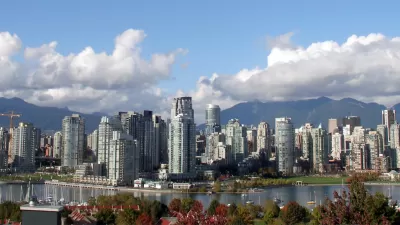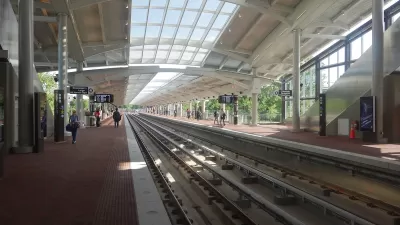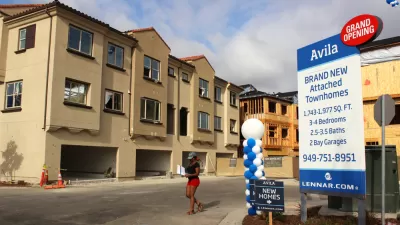While planners generally sell plans with "integrated infill" and "elegant density" that pairs new development with public amenities, the reality of what gets built in neighborhoods isn't always what's promised.
"Mechanic Jim Chasse reaches deep into the engine of a 25-year-old Mercedes-Benz 300D sedan, seeking a new grip with his ratchet wrench. These old Mercedeses will run forever, a half-million miles, he says, but this one's oil filter housing is leaking.
The ironic thing, he says, is that the old Mercedeses are popular with young enviro-hipsters because they can run on biodiesel, fuel typically made from soy or canola oil. Never mind that their leaky old engines often drip oil all over, he says with a grin. "But we're using biodiesel."
The disconnect between an environmental ethos and hood-slamming reality is echoed in many of Portland's neighborhoods. In a city bursting with green idealism, much of the growth is development as usual: Clear the lot and fill it with buildings that loom over and elbow the neighbors.
Metro, the regional government, tried to address that with a winter design contest called "Integrating Habitats." Contestants entered designs in three categories: A "big box" store, a mixed-use development or an infill project for a city block.
The challenge was to go beyond energy-efficient buildings and come up with designs that retained trees and enhanced streams and wildlife habitat.
The entries are striking. But while urban designers exchange fist-bumps at their creativity, people in the neighborhoods don't talk about integrating habitats. They talk about crime, poverty, traffic, overwhelmed streets, lost trees, missing sidewalks and crowded schools.
"All this infill," says Judy Pohl, who lives near Southeast 122nd and Division. "They take out a nice little home and put in 12 units with no play area, no trees and more traffic."
Chasse often hears from Powellhurst-Gilbert neighbors upset about developers cutting the towering Douglas firs that grace much of outer Southeast Portland."
FULL STORY: Planners' infill designs don't always reflect reality in Portland

Planetizen Federal Action Tracker
A weekly monitor of how Trump’s orders and actions are impacting planners and planning in America.

Map: Where Senate Republicans Want to Sell Your Public Lands
For public land advocates, the Senate Republicans’ proposal to sell millions of acres of public land in the West is “the biggest fight of their careers.”

Restaurant Patios Were a Pandemic Win — Why Were They so Hard to Keep?
Social distancing requirements and changes in travel patterns prompted cities to pilot new uses for street and sidewalk space. Then it got complicated.

Platform Pilsner: Vancouver Transit Agency Releases... a Beer?
TransLink will receive a portion of every sale of the four-pack.

Toronto Weighs Cheaper Transit, Parking Hikes for Major Events
Special event rates would take effect during large festivals, sports games and concerts to ‘discourage driving, manage congestion and free up space for transit.”

Berlin to Consider Car-Free Zone Larger Than Manhattan
The area bound by the 22-mile Ringbahn would still allow 12 uses of a private automobile per year per person, and several other exemptions.
Urban Design for Planners 1: Software Tools
This six-course series explores essential urban design concepts using open source software and equips planners with the tools they need to participate fully in the urban design process.
Planning for Universal Design
Learn the tools for implementing Universal Design in planning regulations.
Heyer Gruel & Associates PA
JM Goldson LLC
Custer County Colorado
City of Camden Redevelopment Agency
City of Astoria
Transportation Research & Education Center (TREC) at Portland State University
Camden Redevelopment Agency
City of Claremont
Municipality of Princeton (NJ)





























